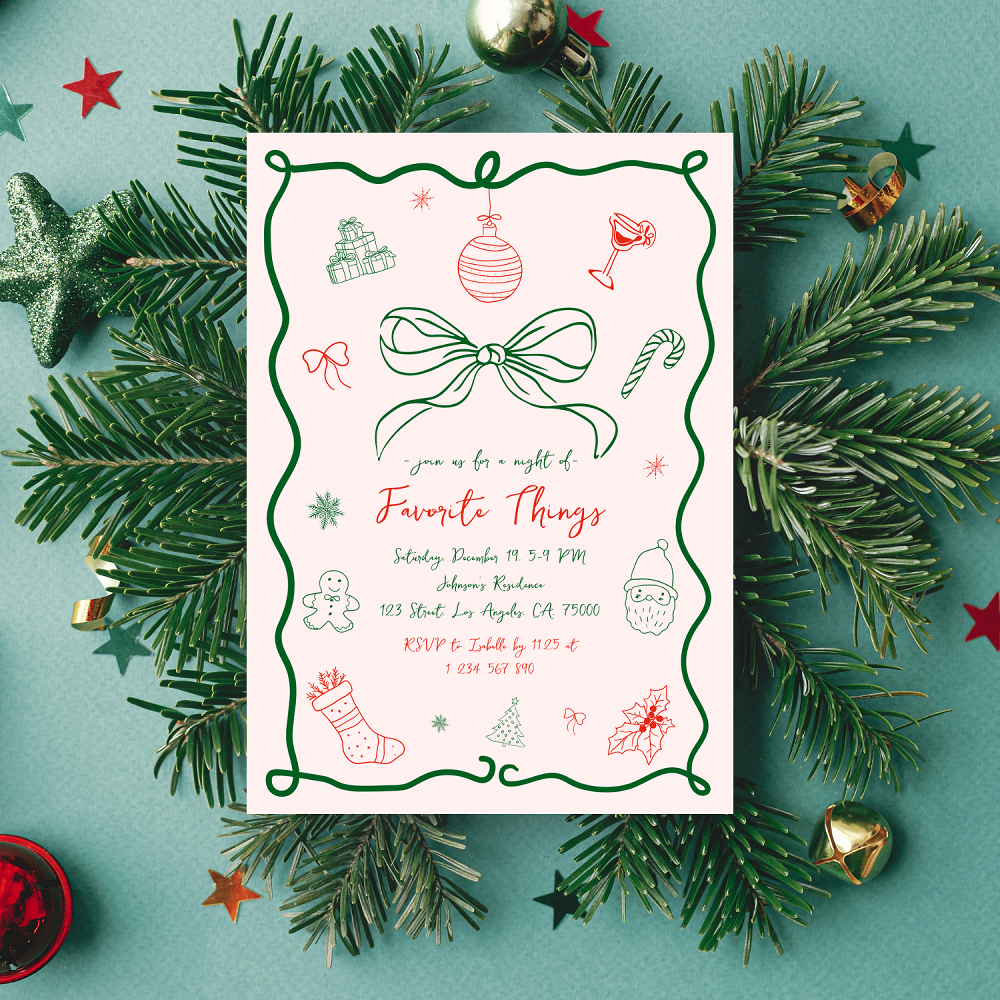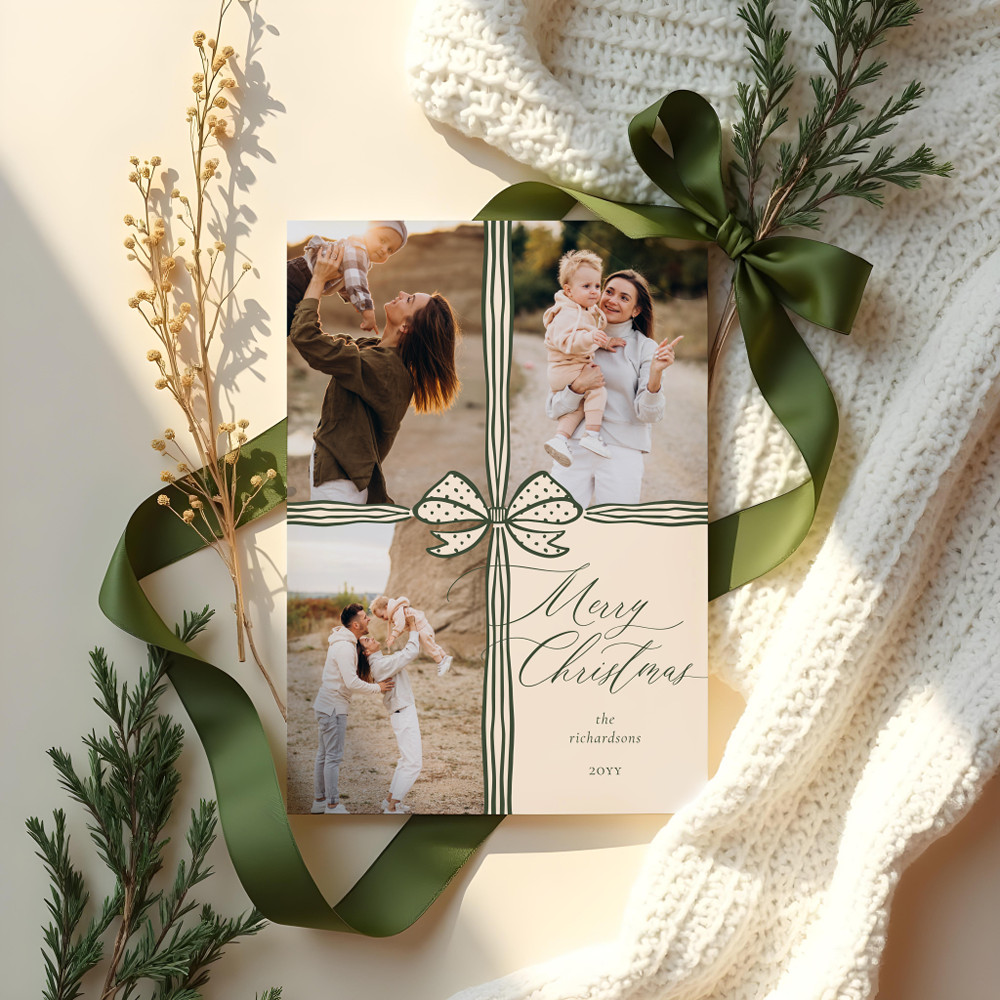Alongside Christmas and Thanksgiving, Halloween ranks as one of the biggest holidays in the U.S. In fact, for many people, Halloween is “the” holiday, with some surveys indicating that Halloween is as popular now with adults and teenagers as it is with kids. After all, it’s the one night of the year when we’re given liberty to dress up as our favorite cartoon characters, superheroes, and Universal Classic Monsters.
Of course, we all know the long-standing games and traditions associated with Halloween, such as trick-or-treating, carving pumpkins, and bobbing for apples. But where did those associations – and more importantly, the holiday itself – originate? It might surprise you to learn that, Halloween, at least in the U.S., is a relatively recent phenomenon. The festival of fright originally developed in Western Europe almost 2,500 years ago, and initially, it wasn’t even for children!
Here’s a little background on the history of Halloween, as well as insights into how our favorite childhood games evolved from ancient customs in Ireland, Britain, and Rome.
Celtic Derival
What seems to us like a quintessentially American holiday can actually be traced to the Celts, a people who occupied Western Europe, including Ireland and Britain, around 2,500 years ago. As part of the Celts’ pagan culture, they celebrated many seasonal festivals, some similar to our own. One of these, Samhain (pronounced sow-in and meaning ‘summer’s end’), may be read as a precursor to Halloween, taking place at the end of harvest time and at the start of November.
On the eve of Samhain, the Celtic people engaged in much revelry, as this was, for the Celts, the start of a new year. Since this was a time, according to one Irish historian, which “mark[ed] the close of the season of light and the beginning of the dark half of the year,” it was also seen as a “liminal moment […] when movement between the otherworld and this world was possible.” With the boundary between our world and the next at its weakest, the souls of the recently deceased could, at Samhain, pass through to the afterlife. However, the opposite was also true, and more nefarious spirits sometimes threatened to return to the physical realm. To combat this, people wore animal skins – the equivalent of our modern-day costumes – to ward off ghosts and apparitions. You’ll never complain about that itchy rubber get-up again, will you?
Roman Holiday
However, the Celts’ hold over Central and Western Europe came to an end with the rise of the Roman Empire, and at this point, Celtic holidays like Samhain became intermingled with Roman celebrations and religion. Even though Samhain continued to be celebrated, it also began to blend with Roman holidays – including a festival devoted to Pomona, the goddess of fruit and abundance. Pomona was associated with apples, in particular, and with orchards, and this is likely where the connection between Halloween and apples originates.
By the 4th century AD, Christianity had replaced polytheism in the Roman Empire. However, in an effort to accommodate some of the old pagan holidays, Pope Gregory IV, in 837 AD, moved All Saints’ Day, previously held on May 13th, to November 1st. This made October 31st ‘All Saints’ Eve,’ or ‘All Hallows’ Eve,’ because of the ‘hallowed’ names commemorated on the following day. Discrepancies exist as to which Pope actually made the November date official. Some accounts claim that Pope Gregory III made November 1st the official date for the celebration of All Saints’ Day, and others argue that it was not until Pope Gregory VII, in the 11th century, that the May date was finally suppressed. Nonetheless, it’s generally accepted that it was in the mid-9th century AD that Samhain and All Saints’ Day began to mix.
Transatlantic Traditions
As we suggested earlier, Halloween in the U.S. is a much younger tradition than it is in Europe. In the nineteenth century, America experienced an influx of immigrants from Ireland due to the Great Famine of the 1840s. With them, the Irish brought a number of Halloween customs, some of which would morph into our modern-day parlor games. For example, according to History.com, bobbing for apples was a game first played in Ireland and Britain, and which the Irish brought to the U.S. Each apple in the tub would be assigned to a specific suitor, and women would then try to bite into the apple linked to their love interest. The more tries it took to catch the apple, the less likely the marriage or romance was to succeed. Nowadays, the game is usually played with prizes, but it could be fun to revive a flirtatious version of the game this year!
Likely the most famous component of Halloween décor is the lit-up pumpkin or Jack-O’-Lantern, which can also be traced to Ireland. According to the legend, a mischievous character known as Stingy Jack once tried to cheat and trap the Devil, conning him out of money and imprisoning him in a tree. Jack eventually freed the Devil, but on the condition that his soul would never be taken to hell, to which the Devil agreed. However, when Jack died – and was subsequently rejected at heaven’s gates – he tried to get into hell. The Devil refused Jack entry to his domain, giving him a piece of coal and sending him on his way. It’s this lump of coal, set alight and placed in a turnip, which Jack apparently still carries, as he searches for a place to rest in peace. When the Irish migrated to the U.S., they began to use pumpkins, rather than turnips and rutabagas, as a way of paying homage to Jack’s legend.
Tricks Are For Kids
Perhaps the predominant tradition associated with Halloween is that of trick-or-treating, which has a complicated history and only emerged in its current form in the 1950s. In essence, the practice evolved from ‘guising’ and ‘souling’ – begging traditions that can be traced right back to the Middle Ages. Children, and sometimes adults, would dress up in costumes, singing songs or reciting prayers in exchange for food and money. This was usually done around All Saints’ Day and the beggars were known as ‘soulers.’ Later, guising, or ‘disguising’, was popular in Ireland and Britain in the nineteenth century, and was also a kind of begging, except with acts and performances instead of hymns and prayers. This, too, migrated to the U.S. with the Irish and also bears resemblance to mummery, a turn-of-the-century Thanksgiving tradition.

However, even by the 1920s, these traditions still hadn’t evolved into trick-or-treating as we now know it. The first recorded instance of the term ‘trick-or-treating’ being used in print was in 1927, in Alberta, Canada, when a local newspaper noted “youthful tormentors” seeking “edible plunder.” In the early twentieth century, in the U.S., children were going from door to door, looking for treats, but with an emphasis on pranks and tricks. In the last few decades, however, an effort has been made to make Halloween more family-friendly and safe, allowing kids to experience some (supervised) fun. This is trick-or-treating as we know it today, and it’s the positive experience we hope you have at your Halloween party this year.
The holiday’s origins transcend the U.S. and are spread across Ireland, Italy, and Canada, with connections to Celtic druids, the Vatican, and old-fashioned dating games! With our article done, there’s only one thing left that we need to know: what’s your favorite Halloween memory? We’re dying to hear from you!

Eoin is a Content Specialist at Zazzle in Cork. He’s recently bought a house with his fiancée, and thus most of his time these days is spent trying to keep the walls from caving in and the wolves from the door. Still, he’s always open to book, game, and movie recommendations, so if you have some, let him know: he’ll add them to a very, very long list.





For many Pagans it is the first day of the year on the wheel of the year. It is known as Samhain. I guess for me it too is the start of the year if I think about it that way as each year on this day I turn another year older. It is my favorite holiday of the entire year and it always saddens me to see Christmas stuff out before Halloween.